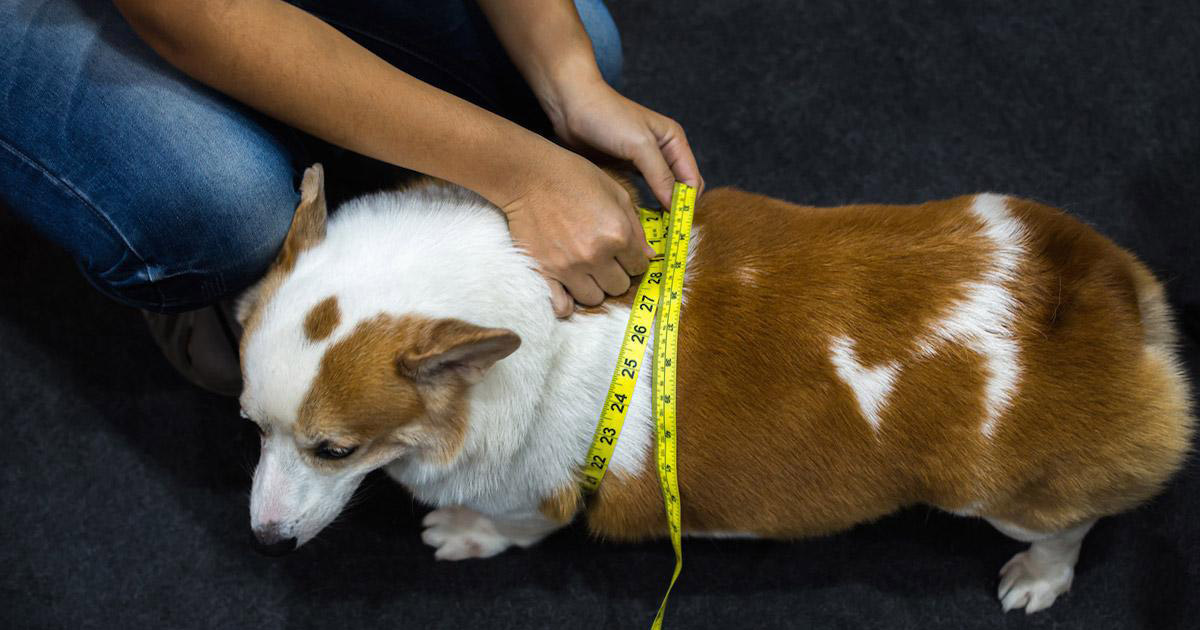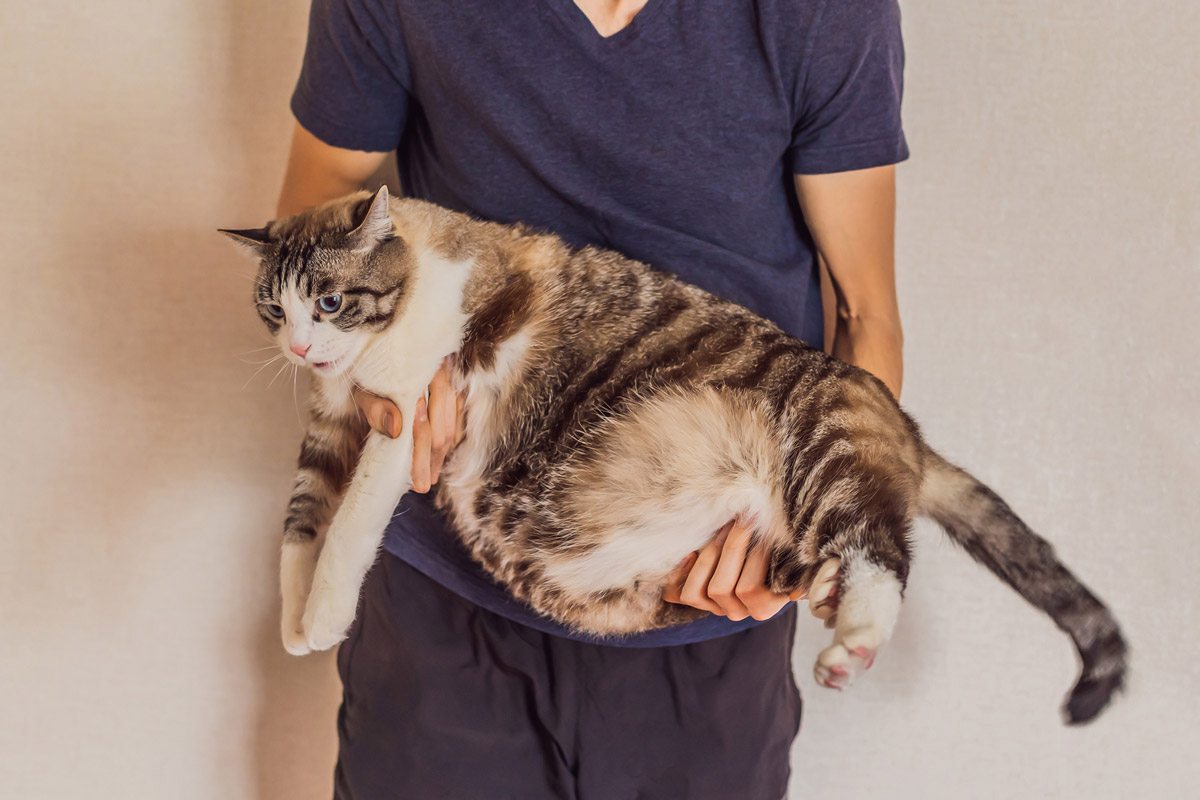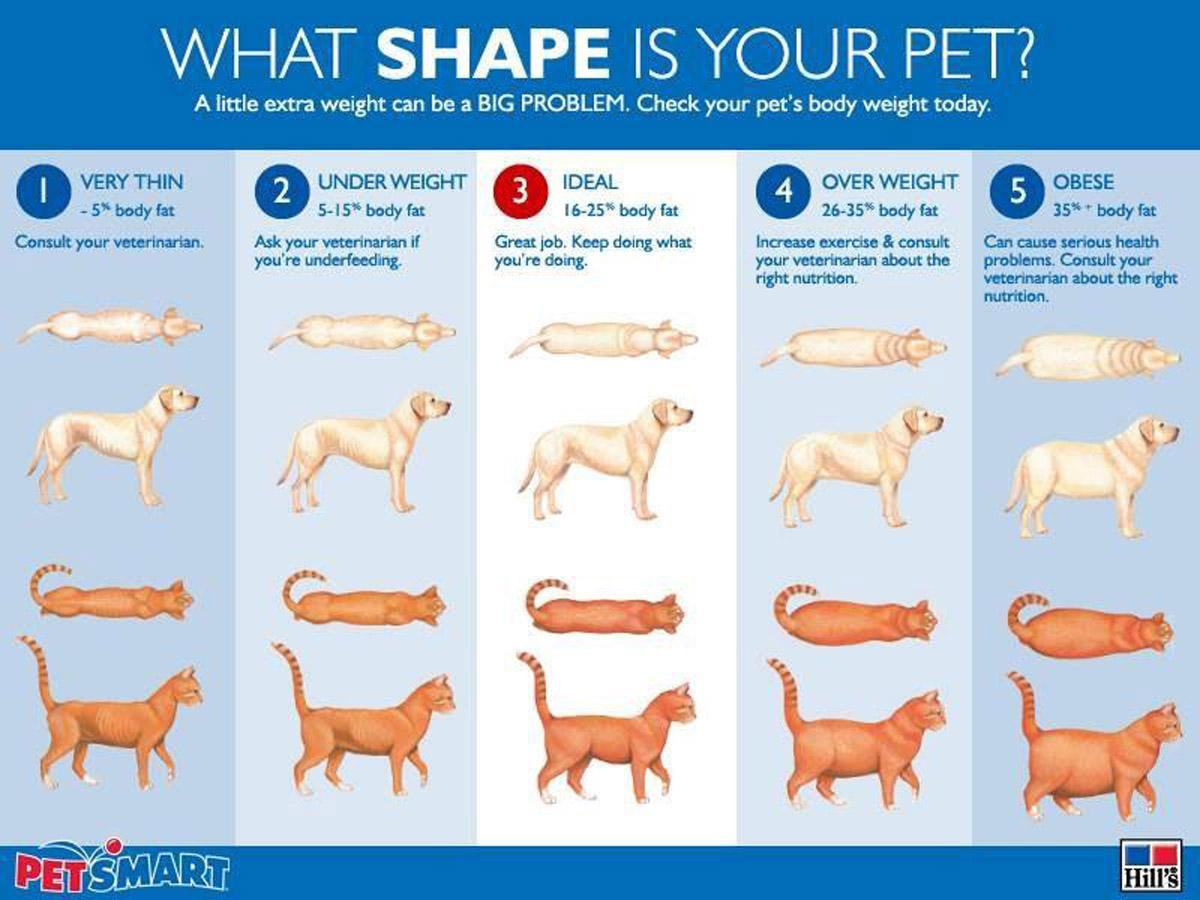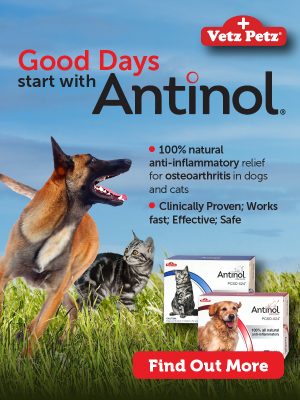Understanding Obesity in Pets: When Chubbiness Spells Danger

Pet obesity in adult dogs and cats has reached epidemic levels in many countries.
In Australia, 50% of dogs and 33% of cats are overweight or obese, as stated on the Australian Veterinary Association website. In Beijing, an overall canine obesity rate of 44.4% was recorded in a clinical survey of 2391 dogs collected at 14 animal hospitals. In the US, 55.8% of dogs and 59.5% of cats are overweight or obese as reported in the Association for Pet Obesity Prevention’s 2018 survey data. In the UK, 51% of dogs and 44% of cats are overweight or obese, according to the Pet Food Manufacturers’ Association (PFMA).
What about the statistics here in Singapore? According to The Animal Clinic, about 40% – 50% of the dogs and 20% – 30% of the cats it sees as patients are overweight or obese. Those are pretty alarming numbers, and it doesn’t stop there — vets are reporting that the number of overweight puppies and kittens is on the rise, and the incidence of overweight and obese adult dogs and cats continues to increase too with many pet owners not considering their pet to be overweight and completely unaware of the health threats it pose to their precious critters!
The risks associated with obesity

According to scientific data, moderate excess weight alone (not yet obesity) is enough to shorten a pet’s life expectancy by as much as 2 years. Besides this terrifying fact, there are many other reasons why we need to pull up our socks and fight against pet obesity:
Additional weight can lead to cardiovascular problems like heart disease and high blood pressure in your pet, which can lead to secondary complications such as kidney and eye diseases. It has also been linked to breathing problems and a decrease in lung function, making them more vulnerable to a collapsing trachea and laryngeal paralysis. If left untreated, these airway conditions could lead to a respiratory crisis which could even be fatal.
Obesity also dramatically increases the risk of diabetes mellitus, cancers of all types, and can trigger pancreatitis, an inflammatory condition of the pancreas.
Adding on to these diseases, the extra weight puts strenuous pressure on your pet’s joints, which increases the speed at which its joint cartilage deteriorates. This can lead to joint damage and osteoarthritis (OA), which is a progressive and incurable condition that causes chronic pain. Besides increased wear and tear on the joints, fat tissue itself also contributes to inflammation, which forms a part of the pain associated with OA.
That’s not all — obesity may increase the risk of certain tumour growth, such as benign fatty tumours. Overweight dogs also tend to have more skin folds, which can give rise to more skin problems due to irritation and fungal infection of the folded skin.
Is your pet on its way to becoming obese?
It’s very common for pet owners to view a chubby pet positively as adorable, but now that we know what are the health risks involved and the potential suffering that we might be putting our pet through, it’s time to strive to maintain your pet at a healthy weight.
To know if your pet ought to lose weight, vets recommend a simple at-home test:

Source: Policygenuis.com
- Place hands on your pet’s rib cage with your thumb on the back. You should feel individual ribs easily with the flats of your fingers, just behind the shoulder blades.
- At the end of the rib cage where the lower back begins, you should feel a clear indentation on your pet’s sides.
- If you were to draw a line along the abdomen from the end of the breastbone to the pelvis, the angle should be 30-40 degrees and the abdomen should look “tucked up”.
Your pet is probably of a healthy weight if:
✓ You can easily feel its ribs
✓ It has a tucked abdomen and no sagging stomach
✓ You can see its waist from above.
Your pet might be overweight if:
✘ You have difficulty feeling its ribs
✘ It has a sagging stomach and you can grab a handful of fat
✘ It has a broad back and no visible waist.
It also helps to understand what encourages weight gain to know if your pet has a higher propensity of being overweight, which namely includes age, medical conditions, desexing, lack of exercise, and overfeeding. You may read more about these factors here.
Preventing obesity
There are a few ways you can ensure that your pet remains at an ideal, healthy weight:
- Ask your vet to help you choose the most appropriate food for your pet.
- Your vet will base his recommendation on your pet’s life stage requirements, lifestyle, body condition score, and it’s medical history (chronic illnesses require dietary adjustments in order to prevent flares or to slow down the disease progression.)
- Your vet will also help you to determine your pet’s ideal body weight and calculate its daily food quantity based on the ideal body weight.
- Be firm and limit the amount of treats that you feed your pet. Most commercial treats are high in calories, and treats are only meant to be fed as a reward for good behaviour!
- Remember that treats must never be a substitute for a complete and balanced diet.
- As much as possible, give healthy treats such as fruits and boiled vegetables as snacks or training rewards.
- Do not feed table scraps!
- Establish specific meal times (twice a day to reduce hunger between meals) and be consistent.
- The daily food dose (based on its breed’s ideal body weight) should be divided between meals.
- Do not give access to kibble 24/7 as this could lead to overeating!
- Purchase interactive feeding toys from the pet store that will allow your dog or cat to “work” for its food and slow down its eating speed.
- This also helps to provide mental stimulation for your pet!
- Ensure that your pet clocks in its daily exercise requirement. Use toys, or bring your pet out for a walk to get it moving! This also doubles as bonding time with your furkid.
- Schedule regular weigh-ins with your vet to track both weight and body condition score in your pet’s medical record. This helps to boost accountability, and weight changes can be identified early for minor feeding adjustments, which are always easier to make than major transformations.
At the end of the day, weight loss needs to be a family affair for it to succeed. Every one of your pet’s guardians must have the dedication and commitment to enforce regulated mealtimes, suitable exercise routines, and not indulge your pet in unnecessary calories, so make sure to educate those in your household about the pitfalls of pet obesity!
This article was written with the professional veterinary advice from Dr Lennie Lee of The Animal Clinic.








